Photo Diary: Inside Egypt’s Wadi Gimal National Park
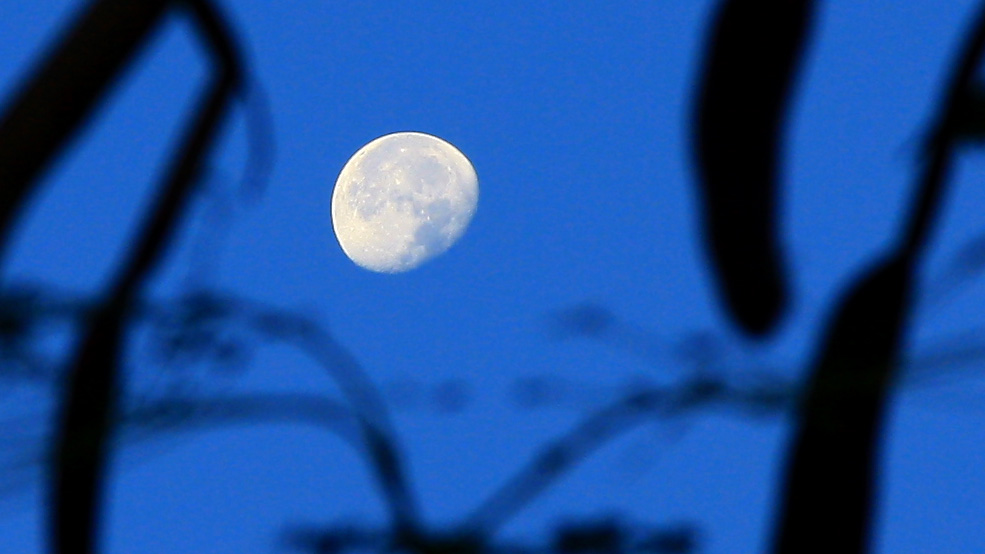
Egypt has declared its commitment to enhancing environmental quality and promoting the sustainable use of its natural resources as a strategic choice for the nation’s future.
This strategy calls for the establishment and maintenance of a representative network of protected areas in the country. Today, there are 29 protected areas throughout Egypt, about 15% of the country’s total area.
As part of Egypt’s drive towards rational and sustainable use of its natural resources, the Prime Minister officially established Wadi El Gemal National Park (WGNP or Wadi Gimal) in January 2003, making it the 24th national park to be declared in Egypt at that time.
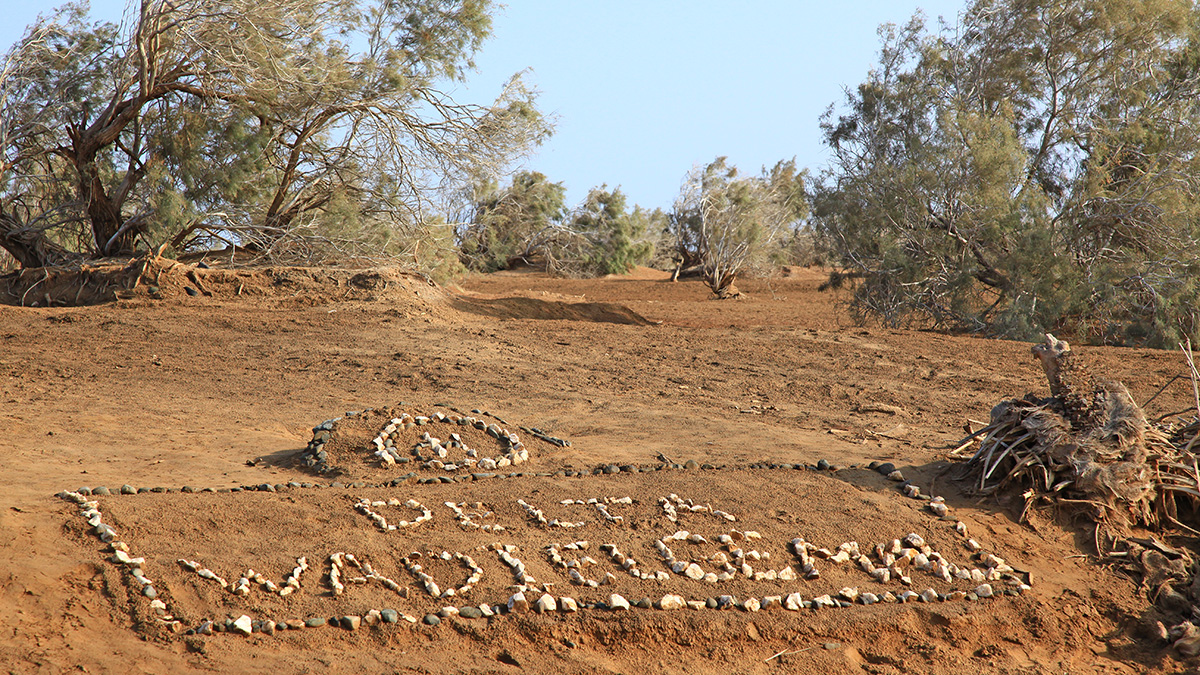
Wadi El Gimal National Park includes a massive area of 4,770 square km of land, in addition to about 2,000 square km of marine waters. The rangers’ station, main entrance and the visitor center of the park are about 350 km south of Hurghada and 50 km south of Marsa Alam.
WGNP is made up of unique terrestrial and marine components, including a substantial segment of the Red Sea hills and coastal desert. Wadi El Gemal and its delta are the focal attraction of the Park, which encompasses the entire watershed.
It is the third largest wadi in the Eastern Desert draining into the Red Sea and one of the best vegetated, with an estimated watershed area of some 1476.7 square km. It also encompasses several important wadis and peaks.
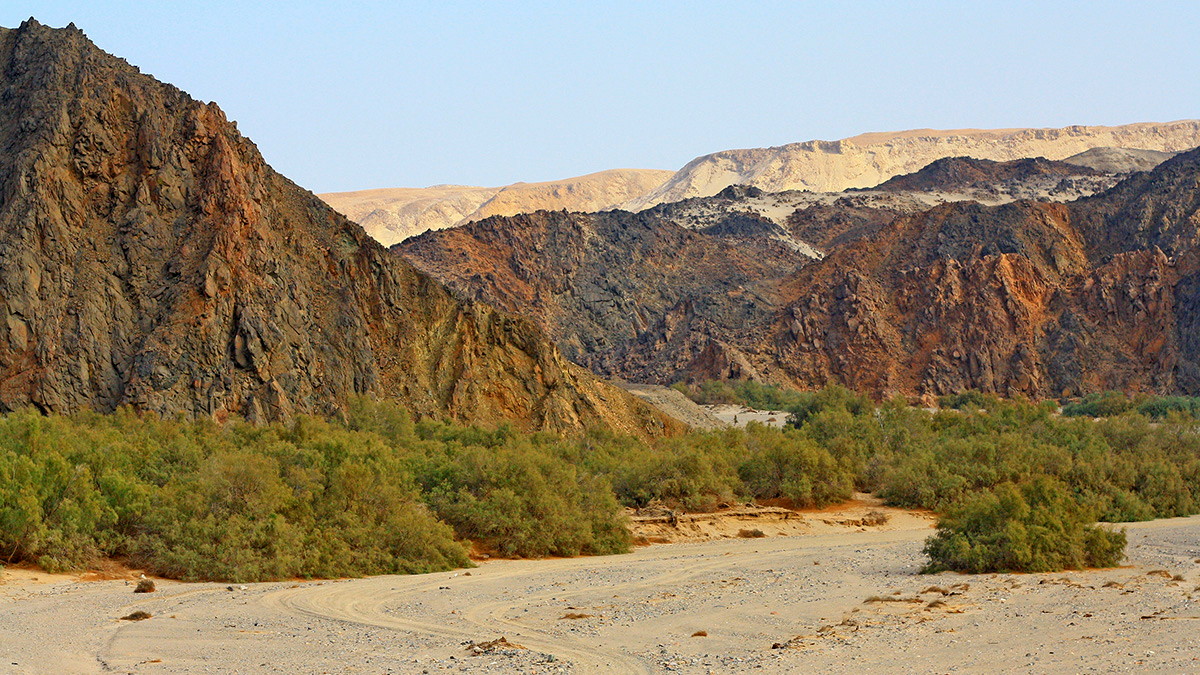
The park is a part of the Eastern Desert, with a mountain range running parallel to the coast of the Red Sea made of igneous or metamorphic rocks, rising gradually from west to east.
An extensive system of wadis, which are important as a network of tracks and as the main arteries for underground water, dissects these mountains.
Wadi El Gemal National Park is part of the hyper-arid region, marked by arid climate and dominated by hot, rainless summers and mild winters.
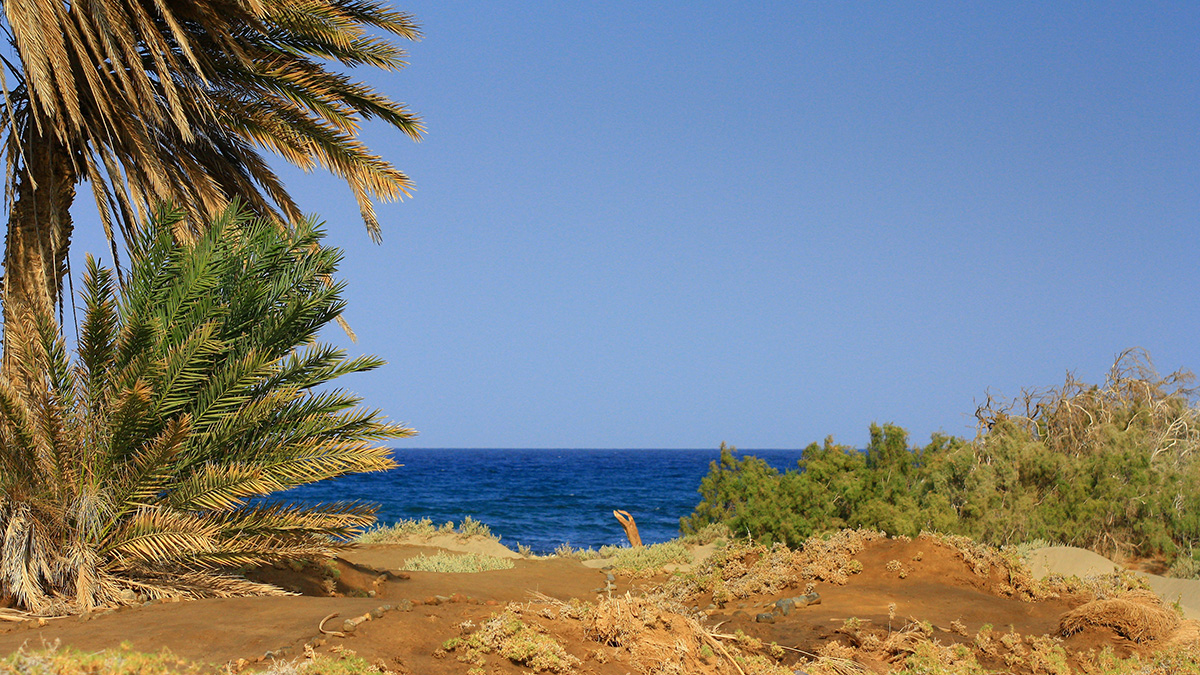
The area was an important segment of the historical trans-desert trade routes between Bernice and Edfu. We know that different kinds of dwellers inhabited the area in the past 25 centuries. Ptolemaic, Roman and Islamic monuments prove that.
Ababda tribes are the main indigenous inhabitants of WGNP nowadays. They are amongst the first peoples inhabiting the desert between the Red Sea and the Nile River.
According to some references, Sheikhs have records that relate them to Arabic tribes from the Arabian Peninsula.
Ababda have their own traditions, habits and cultures that are different from other Eastern Desert tribes. Grazing is their prime profession; they shepherd camels, sheep and goats.

The Ababda also collect plants, whether for food, medicine or trade. And they are nomadic, always seeking areas with recent rainfall and good pasture.
The prominence of desert plants in Ababda life have led them to identify places in the desert according to botanical landmarks. For example, Wadi Abu Ghosoon has many twigs, Abu Etl has tamarisk, Um Lasaf has capparis, Abu Hagaleeg has Balanitis and Um Sayal contains Acacia.
Their dwellings are small, temporary structures called “Borsh”. They use tree branches to build the house and cover it with cloth and wool. Houses are built on relatively high places at the wadi edge to avoid sudden floods.
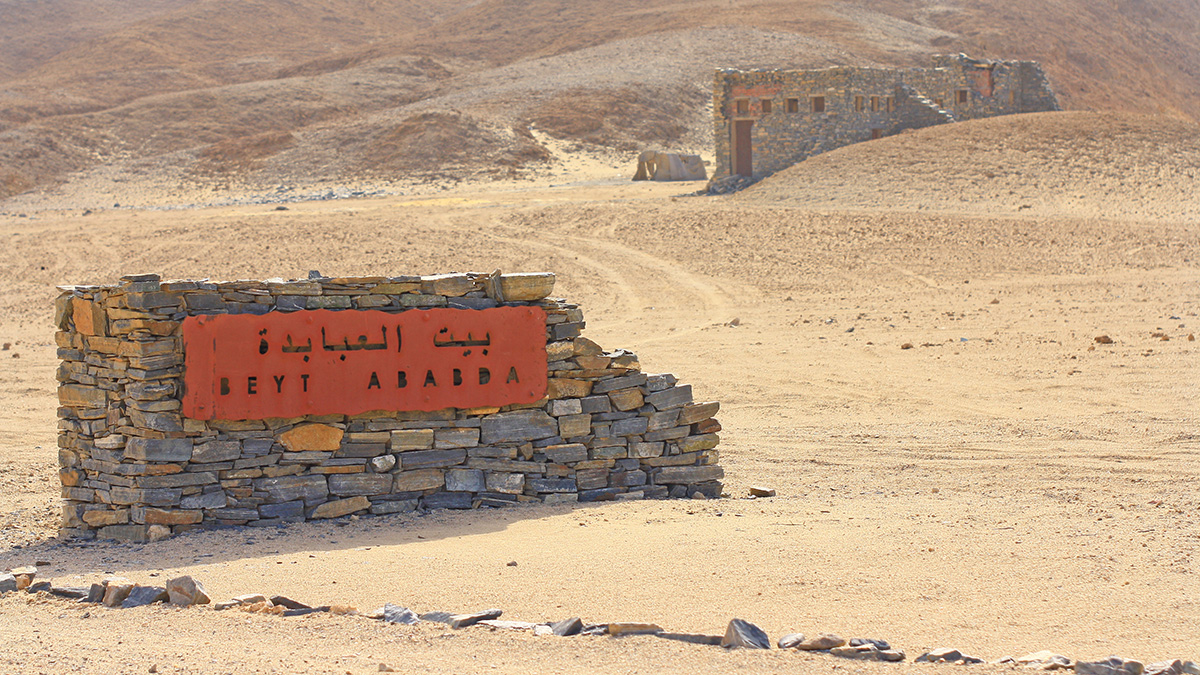
Women participate in daily life activities like building homes, fishing, grazing and hand crafts.
Ababda consult their Sheikhs and tribal elders to solve conflicts. In front of the arbitration council, the two sides of the conflict explain their case and leave the final decision in the arbitrators’ hands.
The council declares a decision at the end of the session. The judgment usually dictates that the guilty gives up a certain number of camels, other valuables or money.
Ababda in WGNP are about 2,000 individuals concentrated in a number of areas and divided into main families.
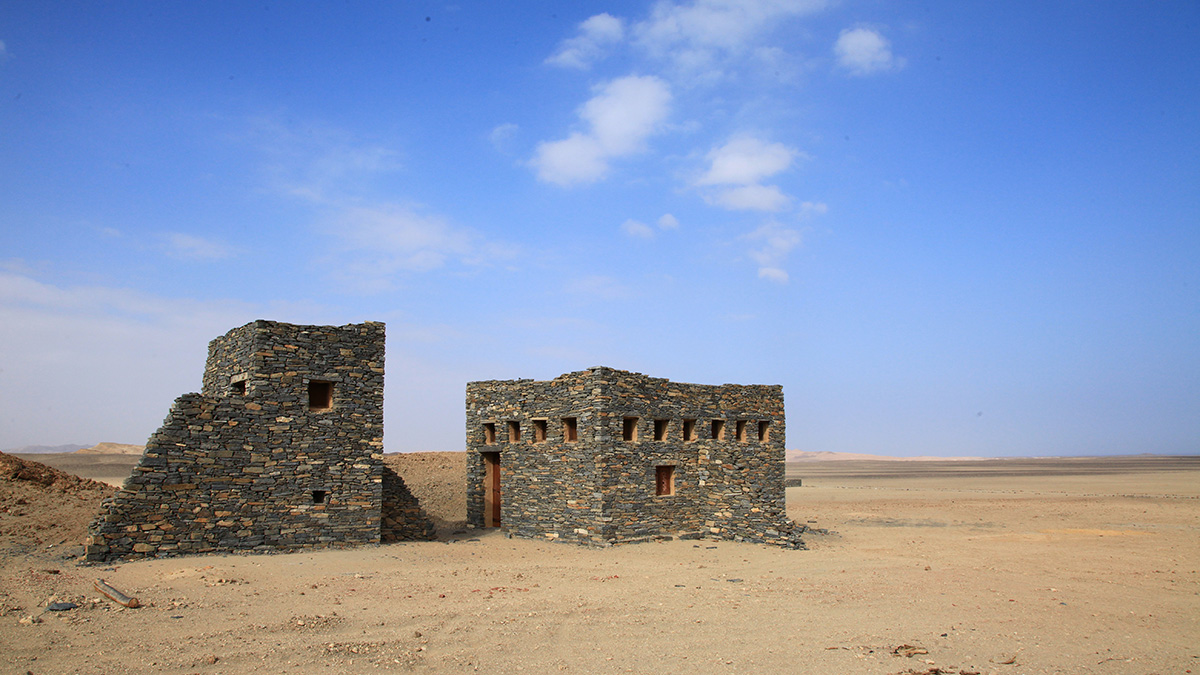
They work mainly according to their location – people who live near the coast work mostly in fishing, tourism or in mining and those who live in wadis work in grazing and mining.
Nowadays, they have new job opportunities as park guards, guides for safari tourists and as workers in WGNP infrastructures, like establishing tracks, outposts and building gates.
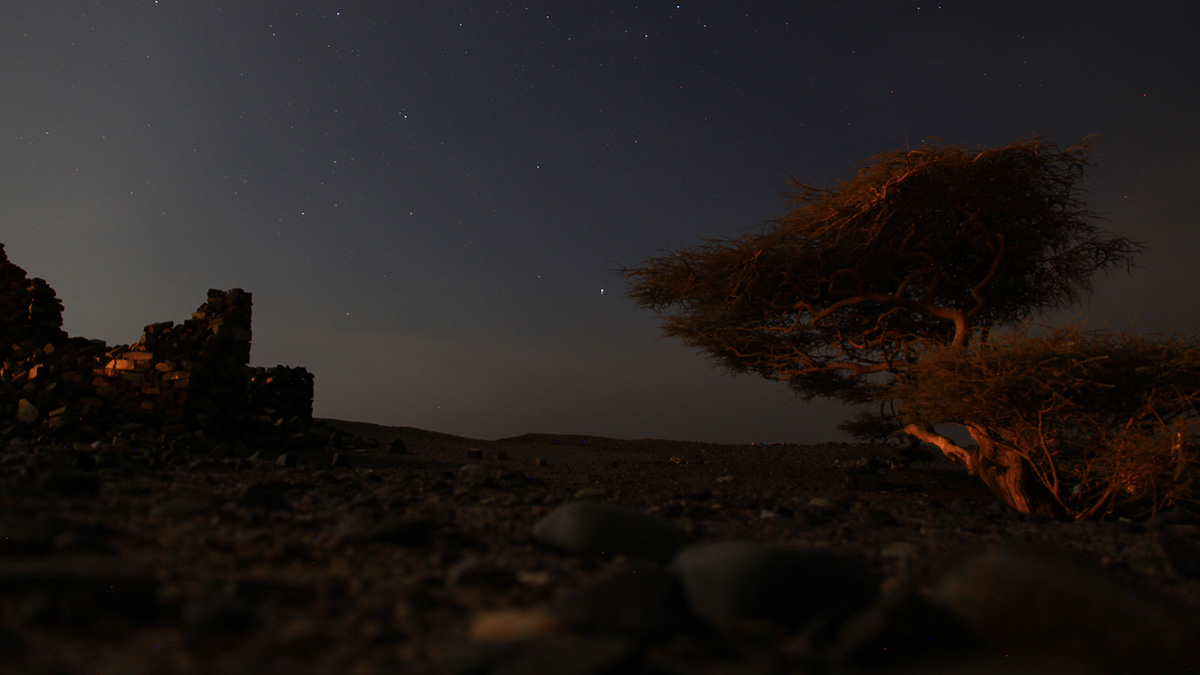
The shores of the region are made of rocky, sandy and muddy beaches. The coastline of the park runs about 120 km and includes all the important coral reefs in the region, as well as five islands – the Hamata archipelago of four islands and Wadi El Gemal Island – plus several minute sandy islets. These have sandy beaches, raised fossil reefs, fossilized coral and carbonate rocks.
The clear, warm waters of the Red Sea support some of the most attractive and biologically diverse coral reefs in the world. About 86 species of corals are currently known, with 104 species of fish and at least 25 terrestrial reptiles inhabiting WGNP.
Five species of marine turtles have been recorded from the Red Sea. Two species – hawksbill and green turtles – are known to nest in the Red Sea, both of which have been recorded in Wadi Gimal.
The characteristic reptiles of the region include lizards, geckos, agamids and snakes. Most of these species are fairly common and are observed regularly.
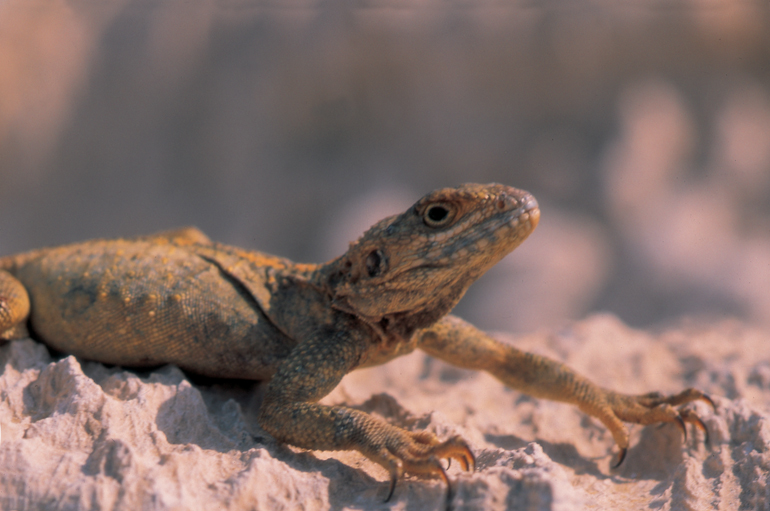
There are some 45 species of resident birds at WGNP. A much larger diversity of species visit the area as migrants and winter visitors, however the breeding and resident species can be considered a permanent and integral component of the local ecosystem.
At least 12 water and sea bird species are known to breed on Wadi El Gemal Island and the Hamata islands. Because these islands hold internationally important numbers of breeding seabirds, particularly the Red Sea endemic White-Eyed Gull Larus Lecophthalmus, they were designated as globally important bird areas by BirdLife International.
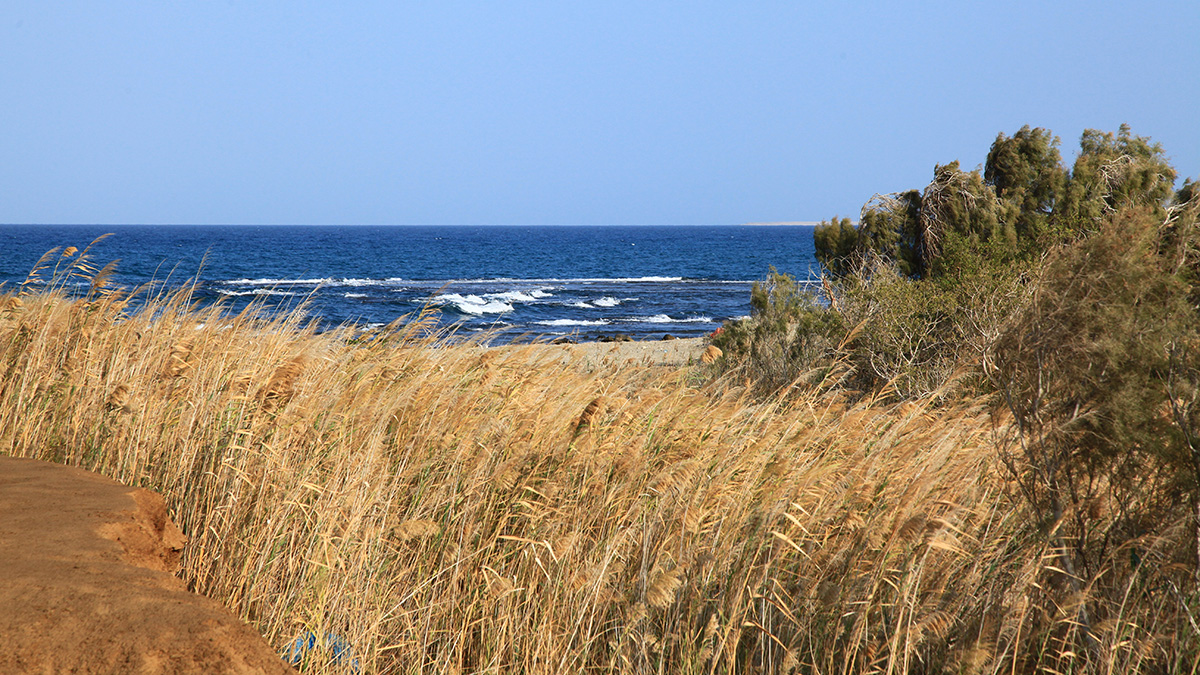
An outstanding diversity – nine species – of birds of prey is also found in Wadi Gimal, seldom found in any other part of Egypt.
In fact, WGNP is unique amongst Egypt’s national parks in maintaining a very high species richness of birds of prey, including one globally threatened species (Lappet-Faced Vulture Torgos Tracheliotus) and one rare and declining species (Lammergeyer Gypaetus Barbatus).
A considerable diversity of terrestrial birds occur in the desert habitats of the park as well, including Sand Partridge, Desert Lark, Trumpeter Finch, Mourning Wheatear, Hooded Wheatear, Crowned Sandgrouse and Brown-necked Raven. Characteristic birds of desert plains include Spotted Sandgrouse, Bar-Tailed Desert Lark and Hoopoe Lark.

There are some 24 terrestrial mammal species known from the park. The mammal community includes the Dorcas Gazelle, Nubian Ibex, Rüppell’s Sand Fox Hyrax and Striped Hyena. The Sand Cat and the Caracal are likely to occur rarely in the region.
In addition to that, marine mammals are found in the park, including dolphins and dugongs.
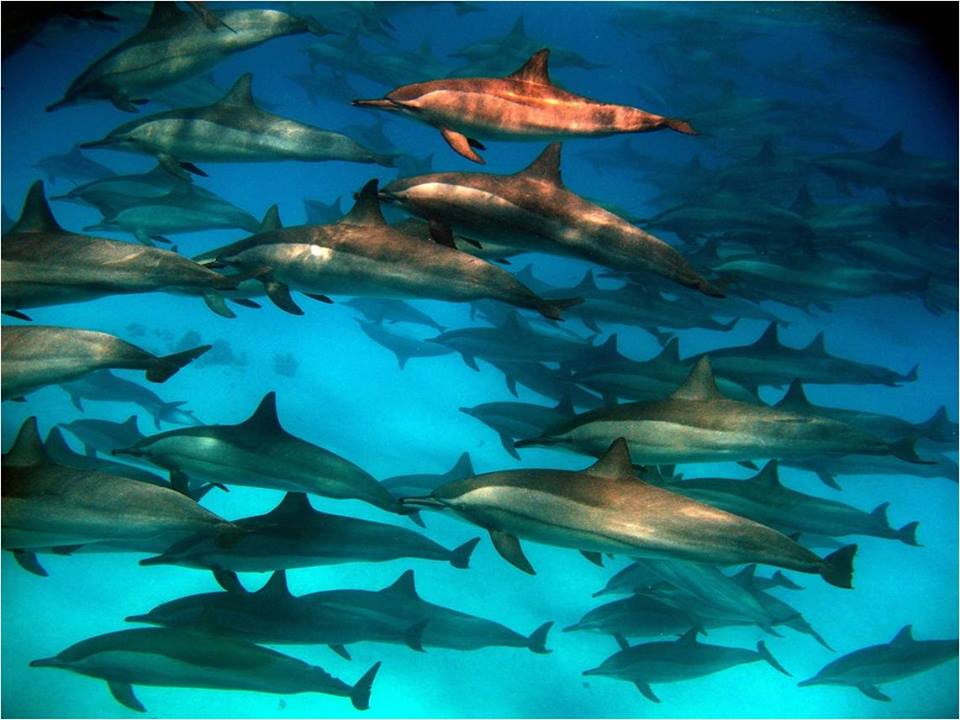
In addition to Wadi Gimal’s flora and fauna, archaeological surveys and excavations conducted in the region have recorded 38 historical sites ranging in date from the Ptolemaic to Islamic eras.
The sites include road stations, some of which are fortified wells along the trans-desert routes between Berenike (Bernice) and Edfu/Koptos (Hodos Berenikes) and along the Via Hadriana, a highway.
WE SAID THIS: Don’t miss Photo Diary: Inside Umm el Howeitat, Egypt’s Ghost City.
